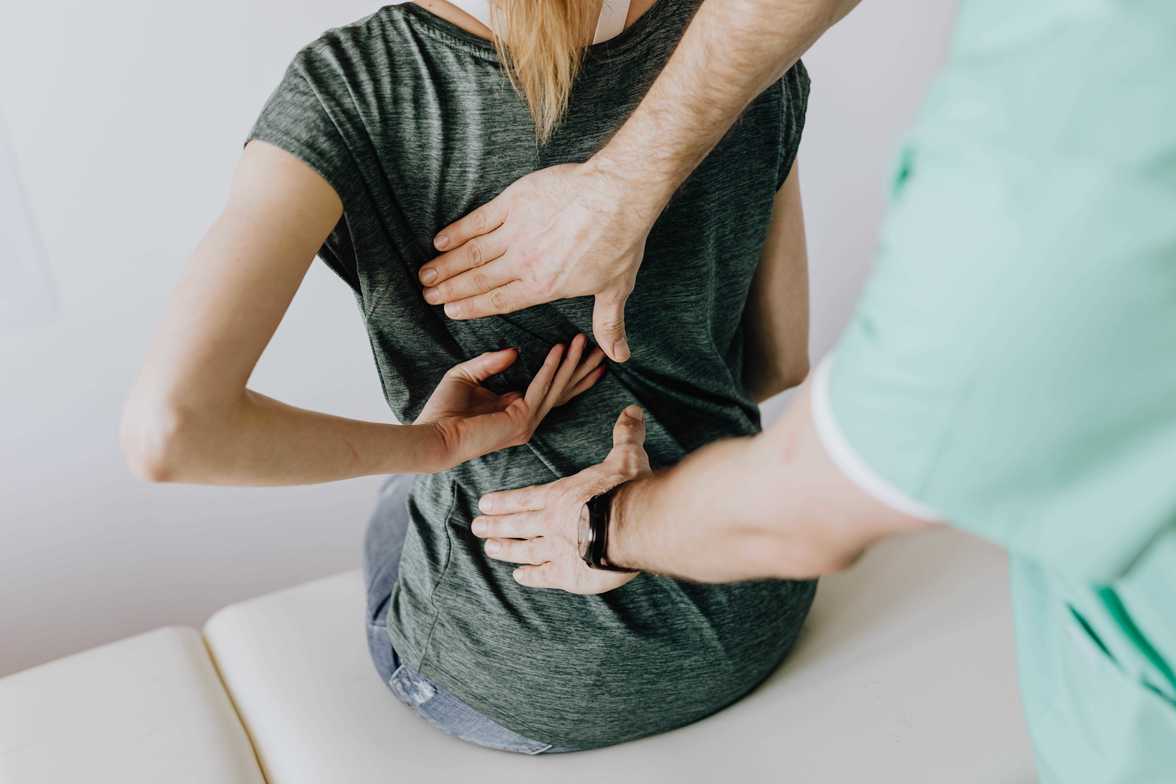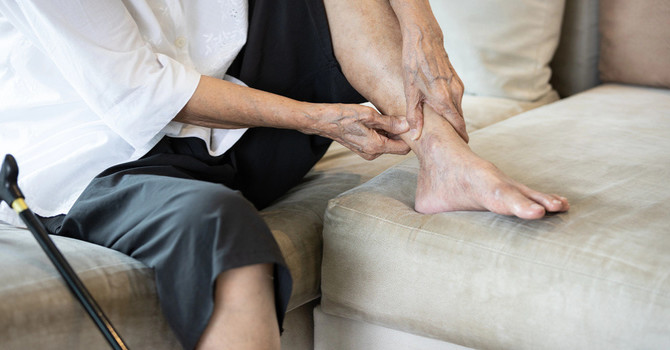
How's your back feeling these days?
For most of our patients it is the most common trouble they are facing.
If you suffer from lower back pain, you should read Back Mechanic: the secrets to a healthy spine your doctor isn’t telling you by Stuart McGill PhD (this is not an affiliate link).
Are you struggling with back pain? It could be the way you are moving that's causing the pain? According to back pain expert, Stuart McGill, you can ease pain from your spine by performing proper movement and strengthening exercises.
McGill writes:
Many back pain sufferers would experience a huge breakthrough in their recovery if they only realized that it was their flawed movement patterns that kept them pain-sensitive.
Your back is incredibly smart. When there an injury, our backs are attempting to heal and patch themselves. It's just like our skin. By continuing to execute damaging movement patterns in our daily lives are re-injuring ourselves. To put it more crassly, we are "picking the scab."
If we continue to perform the same activities that caused the original harm, our backs will not get back. The sensitivity of nerves is increased by continued pain so it takes even less activity to trigger another pain response.
The good news is that if we learn to move properly, we avoid injury and the pain that results.
Let's Talk About How Pain Works
The body's natural pain signal is overpowered by continual, painful stress and strain.Your muscles and joints are loaded with sensors. There are all kinds of senosrs in the body: pain sensors, pressure sensors, force sensors, chemical sensors.
Some detect carbon dioxide, some detect pain, some sense histamine for inflammation.
Your joints are also packed with sensors.
These sensors are like motion detectors. They provide information to your brain. The messages travel via sensory nerves. Think of them as information highways. Along the way, at certain intersections of these nerves, there are “gates” or checkpoints that act as roadblocks.
According to the Gate Theory of Pain, the idea is to flood these checkpoints with “good information”—in other words, signals associated with pain-free movement. Pain signals are crowded out because there is no more room for them.
Consider the following: Close your eyes and place your finger on the tip of your nose, just like a roadside sobriety test.
With your eyes closed, how could your finger detect your nose?
It's because of your body's sensors that guide your finger.
These sensors alert the brain to the position of your finger in relation to your nose.
Here's what you need to know: When you are intentional about moving the right way; when you're moving and exercising in a way your body is supposed to move, you will retrain your brain and feel less pain.
This may sound exhausting thinking that you have to think through ever time you site, stand, walk, run, jump, kneel, etc. But the truth is that once you train your body to move properly, your muscle memory kicks in so that you're doing everything right by habit this time.
The Right Motion Is The Lotion
Painful activities that you have trouble with will hurt less when you practice pain-free movements in your back.
By incorporating positive movements for your back into your daily routine, you will find that the pain often disappears entirely.
This is because when we remove pain triggers and stop “picking the scab” we give our tissues a chance to rest, heal, and regenerate. Meanwhile, our sensors for pain are actually becoming desensitized. Master this, and you have mastered your back pain.
For those of you that have a known type of injury (a name is attached to your condition), your personal recovery strategy should always begin with avoiding the aggravating posture for your unique spine. This is key to getting yourself back on track.
Various symptoms of back pain have a defined and identifiable cause (which is why McGill's book is so useful). It seems like common sense: If we avoid what's causing the injury, we can prevent injuries.
If you're wondering what you're doing that is causing you chronic pain, we recommend coming for a visit and talking to us about it.
In the meantime, here are some ideas to help you get moving properly.
Strategies To Help You Avoid Pain
Identify the cause of your pain—get an appropriate assessment that provides a specific diagnosis (you find your own by reading chapter 6 of the book by McGill).
- Be more aware of your movements and postures that cause pain.
- Develop replacement postures and movement patterns that enable you to function pain-free.
- Stabilize your torso, core, and spine to remove painful spine joint micro-movements.
- Develop a daily exercise plan that includes walking.
- Mobilize your hips. Much of what we call "back pain" actually starts because the body is compensating for something that began in the hip area.
- Learn exercises that are based on patterns of movement: push, pull, lift, carry, lunge, squat, etc. Come and talk to us for ideas and tips during your next appointment.
- Make healthy spine choices when sleeping, sitting, or engaging in more demanding activities.
If you're wondering what you're doing that is causing chronic pain, we recommend coming for a visit and talking to us about it. In this post, we have given you some ideas to help you get moving properly, free from pain.
Back pain is a common ailment in the United States. If you have been experiencing back pain for an extended period of time, it may be best to see a doctor or spine specialist who can diagnose and treat your specific condition with exercises that will help address the root cause of the problem.
In this article, we’ve covered some tips on how to manage chronic back pain by focusing on different strategies which include identifying what caused the injury in order to avoid doing those activities again. We also discussed ways to move without triggering more painful sensations as well as suggestions for incorporating exercise into daily life so you don't spend too much time sitting at home feeling sorry for yourself.






